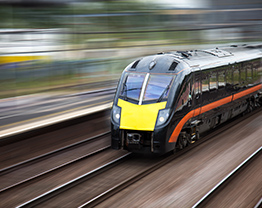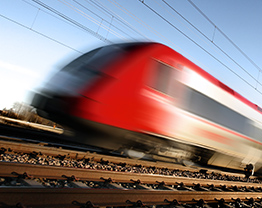School of Energy, Geoscience, Infrastructure and Society


School of Energy, Geoscience, Infrastructure and Society

The School of Energy, Geoscience, Infrastructure and Society (EGIS) is one of the UK’s leading institutions for multidisciplinary research and teaching in areas critical to economic development and societal equity.
RTS PRIORITY AREAS




Geotechnical true triaxial facility
Geo-pavement and Railways Accelerated Fatigue Testing facility
8 Research staff
10 PhD students
10 Masters students
3 grants awarded for a total value of £1.1m
PhD opportunitiesYes

TESTING AND TRIALING FACILITIES
Facilities